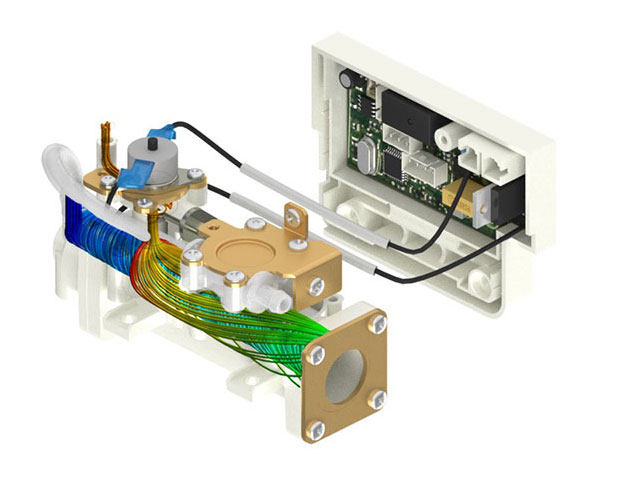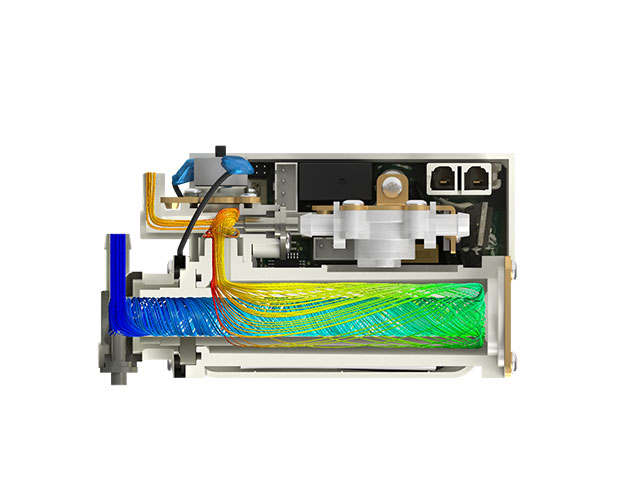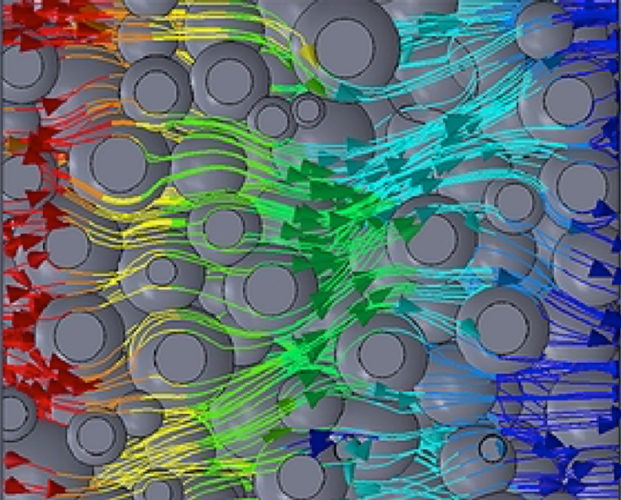Computational Engineering
Computational Engineering
Our Computational Fluid Dynamic (CFD) models provide process performance enhancement as well as coding development solutions to worldwide clients. Cam Dragon Team work closely with their research partners including Cambridge University in sharing their expertise and experience of implementing both experimental and computational models to various industry sectors including Gold & Metal Mining, Offshore Oil Platforms, Power Generation, Fluid Mixing and other-related industries.
More information
Computational Engineering
Our Computational Fluid Dynamics (CFD) models associated with certain thermal tools are employed to predict gold pit structures, optimise mining plans and designs, and validate gold mine characteristics prior to mining. The resulting contour coverage narrows the target mining regions considerably, thus reducing the overall cost of the gold mine exploration. Moreover, for non-open-pit mining, our CFD models can be applied to grade the gold distribution for certain given geotechnical parameters.
We have participated in quite a few Computational Engineering-related consultation projects such as producing due diligence reports on West Australia Gold Mining Projects, carrying out technical research and analyses on Suriname Gold Mines, and sampling non-open-pit mine associated with pre-feasibility and feasibility studies of underground mine design since 2012. As a result, we have developed various Computational Fluid Dynamic Models and in doing so, accumulate practical mining-problem-solving experience in a professional manner.
(Selected examples of our consultation cases)







Gold Mining Simulation
Many environmental issues associated with the gold mining industry involve thoughtful understanding and computational analysis of fluid flow, typically, heat transfer, contaminants transportation, groundwater flow, and sediment movement.
We have gained considerable experience in simulating the acid mine drainage generation through groundwater flow systems.
Back


Instant Heater
CamDragon instant heater fits into many different types of applications, such as smart toilet seat, water purifier, coffee maker and milk dispenser etc. The temperature rising time is less than 5 seconds with an accuracy of ±1°C. Proprietary smart control strategy effectively suppress the disturbances of temperature, flow and the voltage. Optimised CFD design, patented mechanical design, as well as professional control algorithms, ensure an accurate and energy-saving heater power management. Up to 6 mechanical and electrical safety precautions, 50,000 alternating hot and cold water testing, 150,000 heater life test, ensure a safe and comfortable end user experience.
Back
Unsteady Flow Simulation
Unsteady flows play an important role in many areas including hydrodynamics, aerodynamics, and the simulation of industrial processes.
For instance, a compressed elastic tube conveying a flow occurs in several physiological applications; laboratory experiments on a finite length of collapsible tube can reveal a rich variety of self-excited oscillations, indicating that the system is a complex, nonlinear dynamical system.
We investigated instability of the steady solution and detailed the resulting oscillations by developing the Spine method to treat the moving boundary associated with a higher-order time integration scheme with variable time increments.
Back
Compressor Flow Optimisation
Increasing demands for more efficient compressors require that compressor designs are strongly correlated to their performance and capability.
We carried out a CFD-guided procedures for optimisation of the compressor shape, size, dimension and other-related operating parameters, thus resulting in the highest performance rate for a given compressor application and fluid.
Back
Structural Analysis of Coal Pulveriser
We performed the structural analysis for complex structures and material properties in structural design, failure, and longevity leading to statically-indeterminate structures and solid continua. Structural materials and their properties were considered, as would metals and composites. Numerical simulations of artificial structural failure, fracture, crack formation, fracture mechanical fatigue and design were undertaken.
Back

